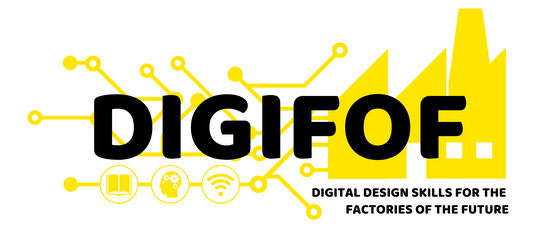Digitization is disrupting the manufacturing industry. Its economic potential is significant: the Fatory of the Future is expected to yield a market of about USD 67 billion globally by 2020. 87% of European manufacturing enterprises estimate that digital transformation is a competitive opportunity. Yet industry needs new types of digital skills, which 90% of European enterprises indicate they lack, as 30-90 million manufacturing employees could lose their (semi)-manual jobs.
FoF’s goal is to interconnect every step of the manufacturing process and seamlessly integrate the physical and digital world. In FoFs, a central computer organizes the intelligent networking of all subsystems, suppliers and customers into one system. All relevant requirements concerning manufacturing and product are confirm at design time, while execution takes place autonomously as ICT and automation are integrated. Thus enterprises must consolidate their product and service development, production logistics and business systems to produce and deliver on a decentralized basis, in a self-directed way in real time.
Because of the merger of previously unconnected technologies and applications due to converging of online and offline worlds, requirements for skills and expertise, for technologies and services in FoF are correspondingly broad. They must integrate knowledge about strategy, processes and systems in the sense of Systems Engineering. The Industry 4.0 FoF-paper recommends using ICT-based modelling to design and manage the relevant systems in FoF. Herein, it includes modelling the interaction and communication between physical and virtual world, under consideration of adequate formalization mechanisms as well as methodic aspects. This is line with the IEC FoF-recommendations which states that “conceptual modelling determines roughly 80% of the total costs of a product and/or service, since domain experts create precise engineering and process specifications as part of the development, using domain-specific modelling and simulation tools”. Strategically applying design as a competitive advantage enables new business opportunities, reduces costs and produces a better user experience, which play a crucial role in the exploitation of digital opportunities.
